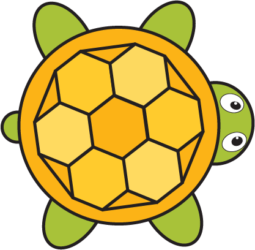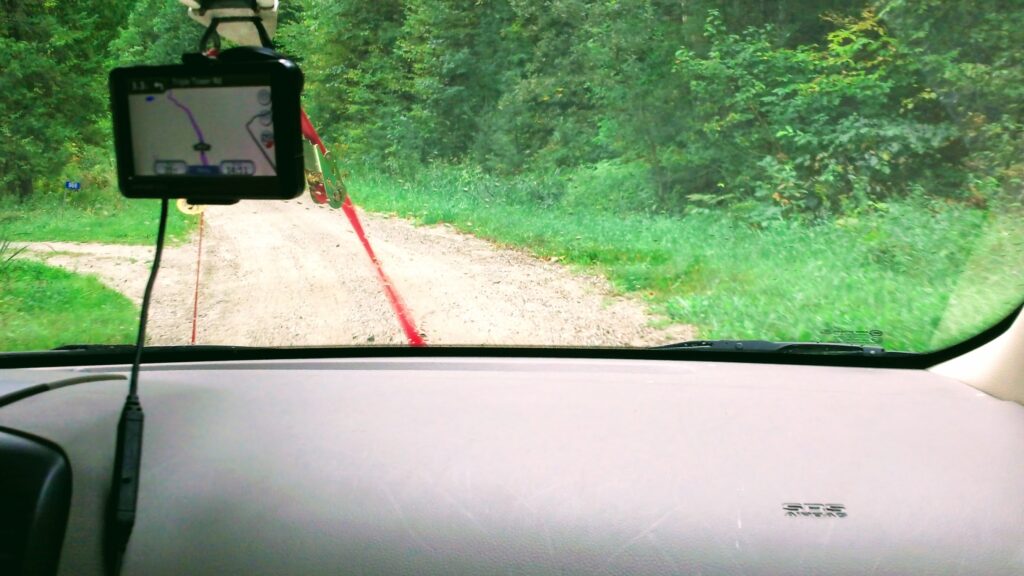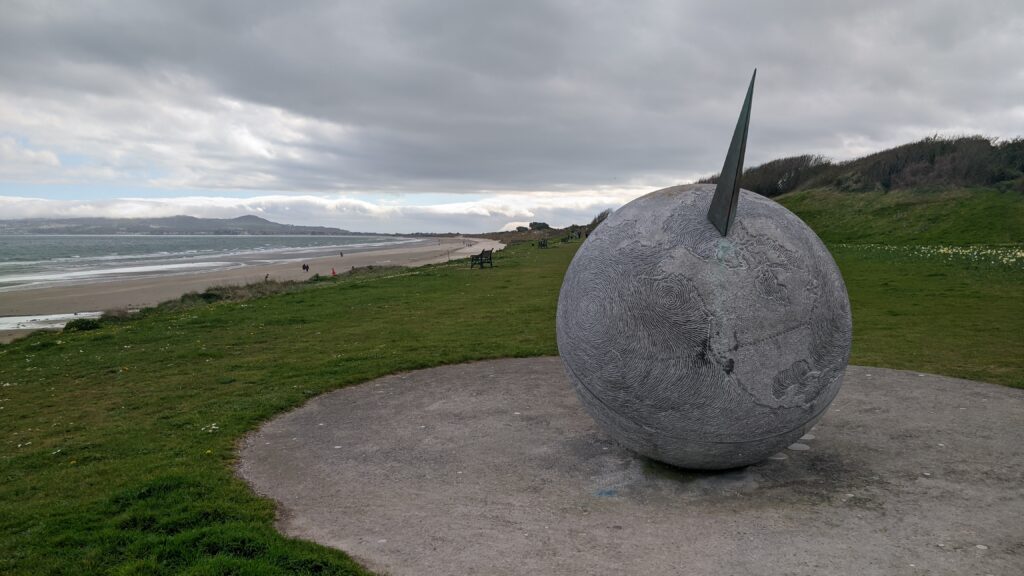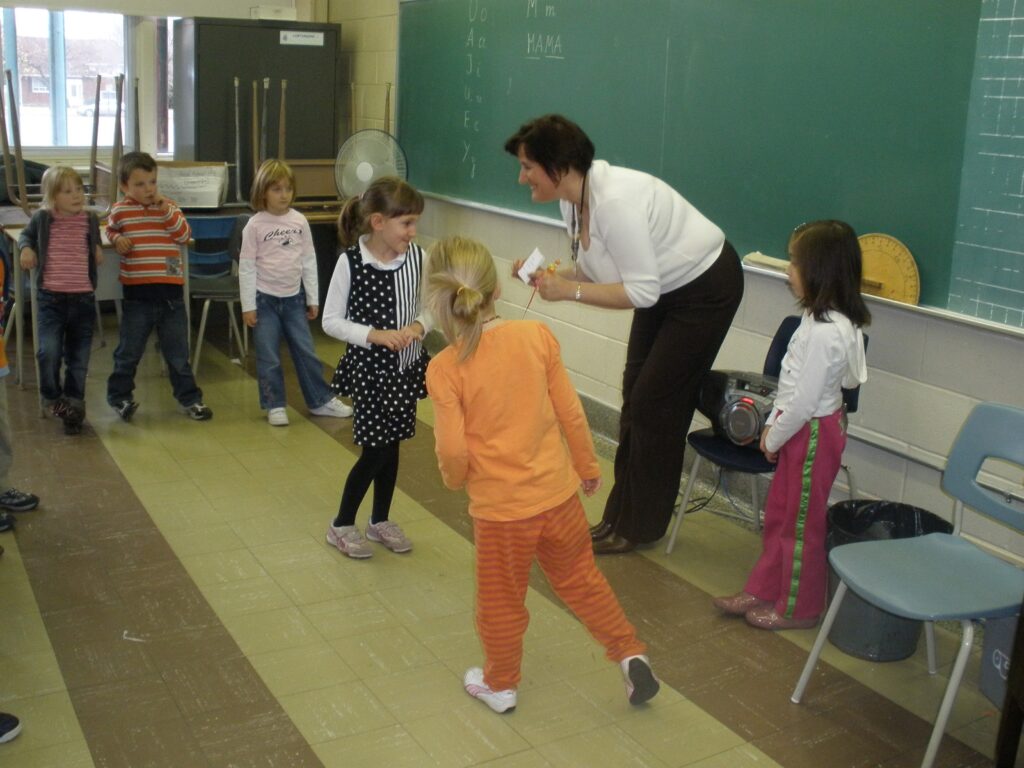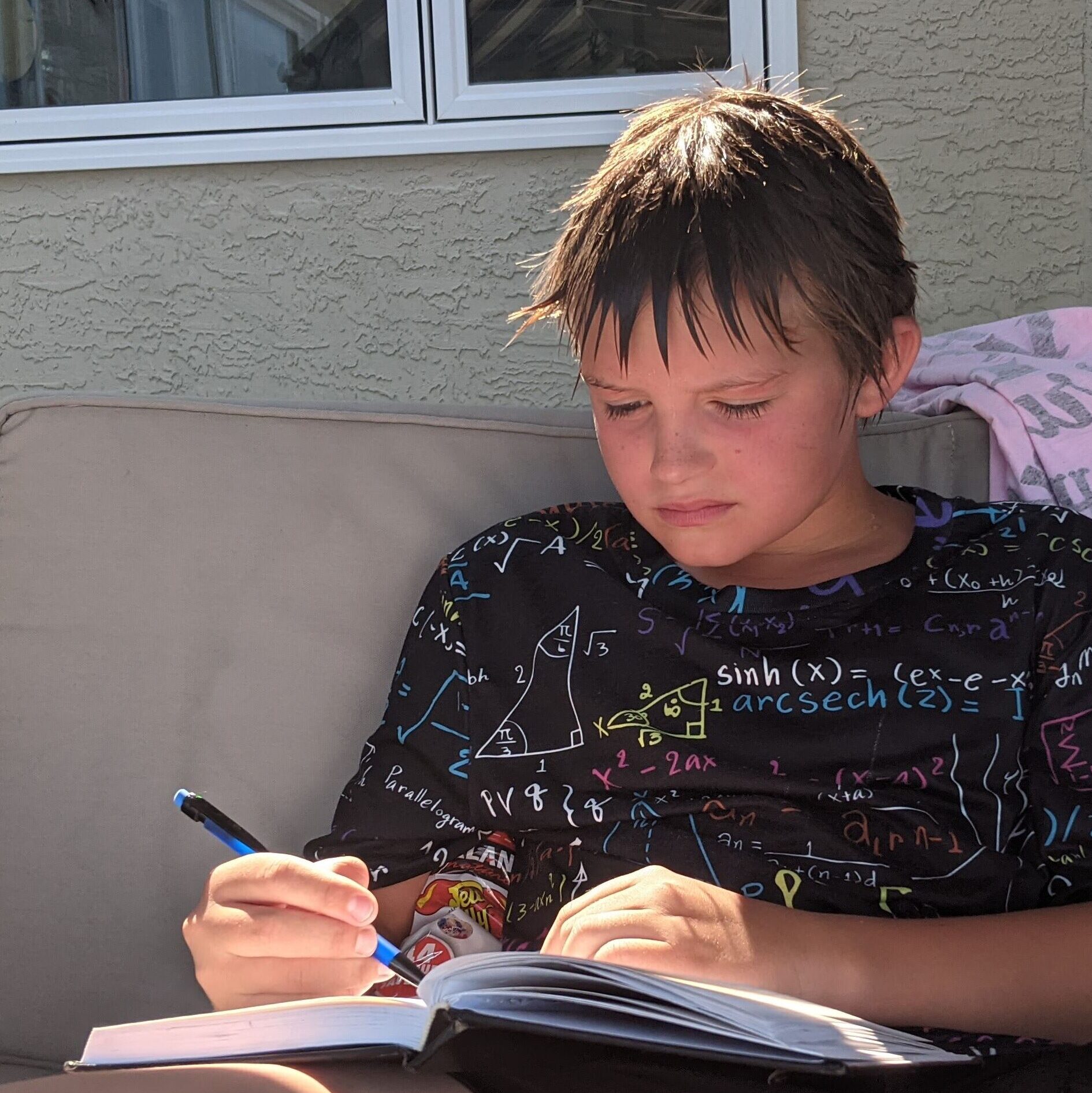I have recently become aware of Tang Math. What a great site for teachers and parents! The tools that they offer and the way of teaching is stellar and I would recommend to any primary teacher or parent of young children.
Then I realized that Greg Tang actually wrote a whole set of math books for kids that I have owned for a long time and I loved to read with my kids when they were young. For instance, The Grapes of Math, or Math-terpieces were a staple at bedtime at our house.
The Grapes of Math is a delightful book that turns math into a fun adventure for young children. With its playful rhymes and vibrant illustrations, it encourages kids to find patterns and solve puzzles in a way that feels like a game. This book helps build confidence and a love for math by showing that numbers can be both exciting and approachable.
Math-terpieces: The Art of Problem-Solving is also a fantastic book that combines the beauty of art with the excitement of math. Perfect for young learners, this book uses famous paintings and clever riddles to teach kids how to solve problems creatively. Parents and teachers will love how it makes math fun and accessible, encouraging children to see patterns and think outside the box.
And now I came about this nice TED talk from the author of these books and the founder of Tang Math, Greg Tang. I am sure you will be inspired if you watch it.

